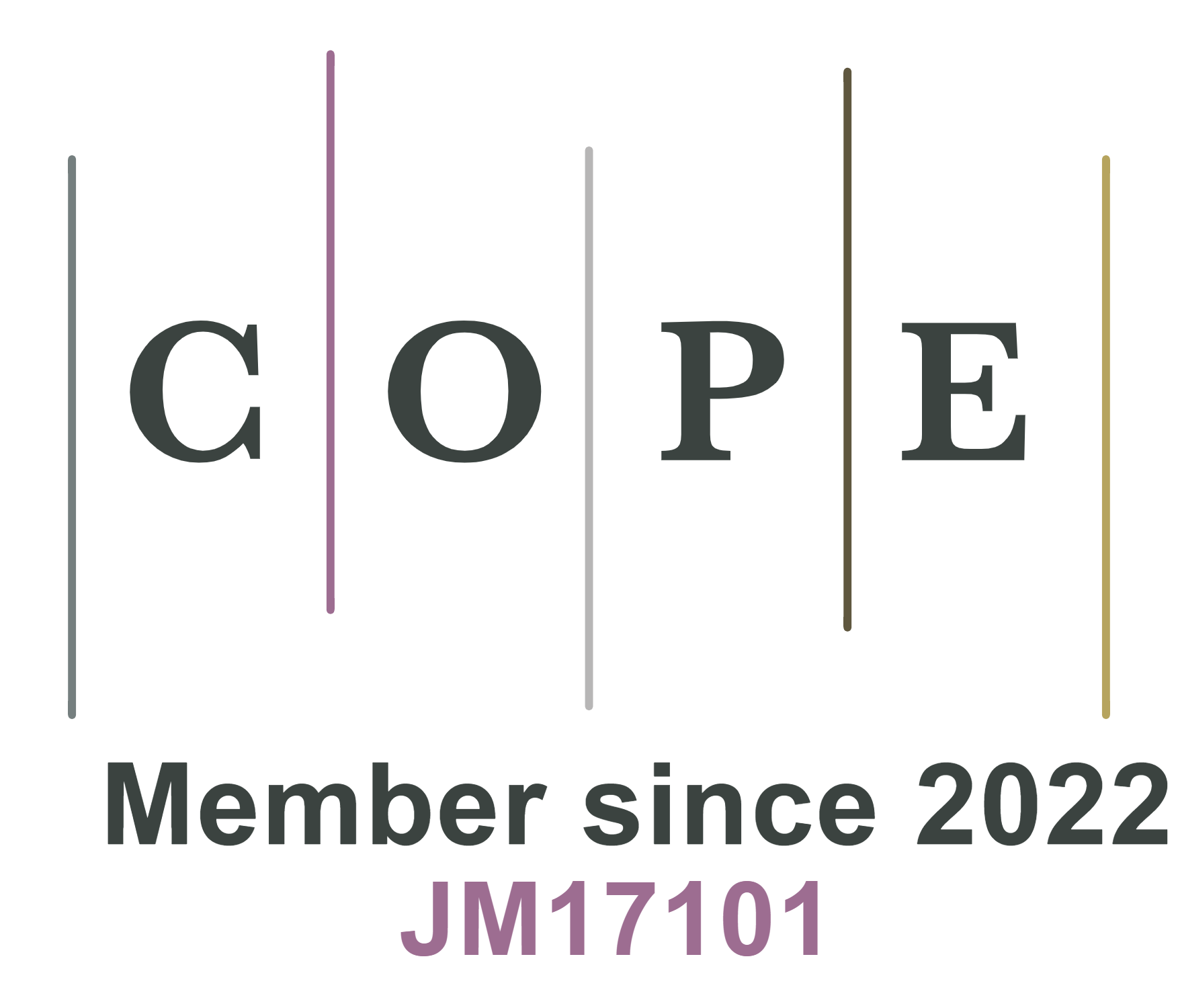REFERENCES
1. Greenwood, D.; Laverick, A. Activities of newer quinolones against Legionella group organisms. Lancet 1983, 2, 279-80.
2. D'Costa, V. M.; McGrann, K. M.; Hughes, D. W.; Wright, G. D. Sampling the antibiotic resistome. Science 2006, 311, 374-7.
3. Bobu, M.; Yediler, A.; Siminiceanu, I.; Schulte-hostede, S. Degradation studies of ciprofloxacin on a pillared iron catalyst. Appl. Catal. B:. Environ. 2008, 83, 15-23.
4. Davies, J.; Davies, D. Origins and evolution of antibiotic resistance. Microbiol. Mol. Biol. Rev. 2010, 74, 417-33.
5. Vieno, N. M.; Härkki, H.; Tuhkanen, T.; Kronberg, L. Occurrence of pharmaceuticals in river water and their elimination in a pilot-scale drinking water treatment plant. Environ. Sci. Technol. 2007, 41, 5077-84.
6. Watkinson, A. J.; Murby, E. J.; Costanzo, S. D. Removal of antibiotics in conventional and advanced wastewater treatment: implications for environmental discharge and wastewater recycling. Water. Res. 2007, 41, 4164-76.
7. Yang, T.; Peng, J.; Zheng, Y.; et al. Enhanced photocatalytic ozonation degradation of organic pollutants by ZnO modified TiO2 nanocomposites. Appl. Catal. B:. Environ. 2018, 221, 223-34.
8. An, T.; Yang, H.; Li, G.; Song, W.; Cooper, W. J.; Nie, X. Kinetics and mechanism of advanced oxidation processes (AOPs) in degradation of ciprofloxacin in water. Appl. Catal. B:. Environ. 2010, 94, 288-94.
9. Zheng, N.; Li, L.; Tang, X.; et al. Spontaneous formation of low valence copper on red phosphorus to effectively activate molecular oxygen for advanced oxidation process. Environ. Sci. Technol. 2023, 57, 5024-33.
10. Gong, X.; Song, P.; Han, C.; Xiao, Y.; Mei, X.; Xu, W. Heterogeneous single-atom catalysts for energy process: recent progress, applications and challenges. Energy. Mater. 2023, 3, 300016.
11. Schneider, J.; Matsuoka, M.; Takeuchi, M.; et al. Understanding TiO2 photocatalysis: mechanisms and materials. Chem. Rev. 2014, 114, 9919-86.
12. Hu, X.; Hu, X.; Peng, Q.; et al. Mechanisms underlying the photocatalytic degradation pathway of ciprofloxacin with heterogeneous TiO2. Chem. Engg. J. 2020, 380, 122366.
13. Liccardo, L.; Bordin, M.; Sheverdyaeva, P. M.; et al. Surface defect engineering in colored TiO2 hollow spheres toward efficient photocatalysis. Adv. Funct. Mater. 2023, 33, 2212486.
14. Gogoi, D.; Karmur, R. S.; Das, M. R.; Ghosh, N. N. Cu and CoFe2O4 nanoparticles decorated hierarchical porous carbon: an excellent catalyst for reduction of nitroaromatics and microwave-assisted antibiotic degradation. Appl. Catal. B:. Environ. 2022, 312, 121407.
15. Yang, L.; Peng, Y.; Luo, X.; et al. Beyond C3N4 π-conjugated metal-free polymeric semiconductors for photocatalytic chemical transformations. Chem. Soc. Rev. 2021, 50, 2147-72.
16. Yang, C.; Wang, J.; Wang, R.; et al. Efficient hollow cubic Co9S8@defective ZnS/g-C3N4 for multi-pollutants removal via cascade Z-scheme heterojunction. Appl. Catal. B:. Environ. 2023, 322, 122084.
17. Sun, Q.; Wang, N.; Yu, J.; Yu, J. C. A hollow porous CdS photocatalyst. Adv. Mater. 2018, 30, e1804368.
18. Yang, J.; Miao, H.; Jing, J.; Zhu, Y.; Choi, W. Photocatalytic activity enhancement of PDI supermolecular via π-π action and energy level adjusting with graphene quantum dots. Appl. Catal. B:. Environ. 2021, 281, 119547.
19. Chen, R.; Fan, F.; Dittrich, T.; Li, C. Imaging photogenerated charge carriers on surfaces and interfaces of photocatalysts with surface photovoltage microscopy. Chem. Soc. Rev. 2018, 47, 8238-62.
20. Gao, Q.; Xu, J.; Wang, Z.; Zhu, Y. Enhanced visible photocatalytic oxidation activity of perylene diimide/g-C3N4 n-n heterojunction via π-π interaction and interfacial charge separation. Appl. Catal. B:. Environ. 2020, 271, 118933.
21. Safira, A. R.; Alluhayb, A. H.; Aadil, M.; Alkaseem, M.; Fattah-alhosseini, A.; Kaseem, M. Enhanced photocatalytic reduction of p-nitrophenol by polyvinylpyrrolidone-modified MOF/porous MgO composite heterostructures. Compos. Part. B:. Eng. 2024, 284, 111710.
22. Fang, Y.; Hou, Y.; Fu, X.; Wang, X. Semiconducting polymers for oxygen evolution reaction under light illumination. Chem. Rev. 2022, 122, 4204-56.
23. Lu, F.; Fu, S.; Wang, L.; et al. Enhanced performance of inverted polymer solar cells by adding benzyl viologen dichloride into ZnO electron transport layer. Opt. Mater. 2023, 139, 113782.
24. Sun, R.; Wu, Q.; Guo, J.; et al. A layer-by-layer architecture for printable organic solar cells overcoming the scaling lag of module efficiency. Joule 2020, 4, 407-19.
25. Cai, S.; Huang, C.; Wang, C.; et al. New breakthrough in dye removal: ultrafast removal of high concentration MB with biochar-based organic photocatalysts under indoor light (30W/m2) drive. J. Clean. Prod. 2024, 449, 141539.
26. Liang, Y.; Zhang, L.; Huang, C.; et al. New breakthrough in rapid degradation of lignin derivative compounds · a novel high stable and reusable green organic photocatalyst. J. Colloid. Interface. Sci. 2024, 662, 426-37.
27. Zhang, W.; Zhang, L.; Luo, H.; et al. Organic heterojunctions synergize with biochar as catalytic sites for rapid herbicide degradation under natural light. Surf. Interfaces. 2024, 46, 104182.
28. Xie, D.; Liu, T.; Gao, W.; et al. A novel thiophene-fused ending group enabling an excellent small molecule acceptor for high-performance fullerene-free polymer solar cells with 11.8% efficiency. Sol. RRL. 2017, 1, 1700044.
29. Yan, T.; Song, W.; Huang, J.; Peng, R.; Huang, L.; Ge, Z. 16.67% rigid and 14.06% flexible organic solar cells enabled by ternary heterojunction strategy. Adv. Mater. 2019, 31, e1902210.
30. Ma, R.; Liu, T.; Luo, Z.; et al. Improving open-circuit voltage by a chlorinated polymer donor endows binary organic solar cells efficiencies over 17%. Sci. China. Chem. 2020, 63, 325-30.
31. Qi, Q.; Ke, H.; Ye, L. Ternary organic solar cells featuring polythiophene. Energy. Mater. 2022, 2, 35.
32. Xiao, Y.; Feng, C.; Fu, J.; et al. Band structure engineering and defect control of Ta3N5 for efficient photoelectrochemical water oxidation. Nat. Catal. 2020, 3, 932-40.
33. Ye, J. H.; Bellotti, P.; Heusel, C.; Glorius, F. Photoredox-catalyzed defluorinative functionalizations of polyfluorinated aliphatic amides and esters. Angew. Chem. Int. Ed. Engl. 2022, 61, e202115456.
34. Bellotti, P.; Huang, H. M.; Faber, T.; Glorius, F. Photocatalytic late-stage C-H functionalization. Chem. Rev. 2023, 123, 4237-352.
35. Chen, X.; Zhao, J.; Li, G.; Zhang, D.; Li, H. Recent advances in photocatalytic renewable energy production. Energy. Mater. 2022, 2, 200001.
36. Zhang, M.; Gao, W.; Zhang, F.; et al. Efficient ternary non-fullerene polymer solar cells with PCE of 11.92% and FF of 76.5%. Energy. Environ. Sci. 2018, 11, 841-9.
37. Ma, R.; Liu, T.; Luo, Z.; et al. Adding a third component with reduced miscibility and higher LUMO level enables efficient ternary organic solar cells. ACS. Energy. Lett. 2020, 5, 2711-20.
38. Liu, T.; Luo, Z.; Fan, Q.; et al. Use of two structurally similar small molecular acceptors enabling ternary organic solar cells with high efficiencies and fill factors. Energy. Environ. Sci. 2018, 11, 3275-82.
39. Wang, F.; Feng, Y.; Chen, P.; et al. Photocatalytic degradation of fluoroquinolone antibiotics using ordered mesoporous g-C3N4 under simulated sunlight irradiation: kinetics, mechanism, and antibacterial activity elimination. Appl. Catal. B:. Environ. 2018, 227, 114-22.
40. Liu, F.; Zhou, L.; Liu, W.; et al. Organic solar cells with 18% efficiency enabled by an alloy acceptor: a two-in-one strategy. Adv. Mater. 2021, 33, e2100830.
41. Liu, T.; Yang, T.; Ma, R.; et al. 16% efficiency all-polymer organic solar cells enabled by a finely tuned morphology via the design of ternary blend. Joule 2021, 5, 914-30.
42. Liu, X.; Peng, Y.; Liang, Z.; et al. Efficient ternary organic photovoltaic device with a non-halogenated solvent via synergistic inhibiting charge recombination and regulating morphology. J. Mater. Chem. C. 2023, 11, 2871-9.
43. Zhang, M.; Zhang, Y.; Zhu, Y.; et al. Insights into adsorption and high photocatalytic oxidation of ciprofloxacin under visible light by intra-molecular donor-acceptor like p-n isotype heterojunction: performance and mechanism. Chem. Eng. J. 2023, 464, 142533.
44. Khan M, Khalid M, Shahid M. What triggers dye adsorption by metal organic frameworks? Mater. Adv. 2020, 1, 1575-601.
45. Sturini, M.; Speltini, A.; Maraschi, F.; et al. Photodegradation of fluoroquinolones in surface water and antimicrobial activity of the photoproducts. Water. Res. 2012, 46, 5575-82.
46. Wang, Z.; Li, C.; Domen, K. Recent developments in heterogeneous photocatalysts for solar-driven overall water splitting. Chem. Soc. Rev. 2019, 48, 2109-25.
47. He, S.; Zhai, C.; Fujitsuka, M.; et al. Femtosecond time-resolved diffuse reflectance study on facet engineered charge‐carrier dynamics in Ag3PO4 for antibiotics photodegradation. Appl. Catal. B:. Env. 2021, 281, 119479.
48. Lu, Z.; Peng, J.; Song, M.; et al. Improved recyclability and selectivity of environment-friendly MFA-based heterojunction imprinted photocatalyst for secondary pollution free tetracycline orientation degradation. Chem. Eng. J. 2019, 360, 1262-76.
49. Doorslaer X, Heynderickx PM, Demeestere K, Debevere K, Van Langenhove H, Dewulf J. TiO2 mediated heterogeneous photocatalytic degradation of moxifloxacin: operational variables and scavenger study. Appl. Catal. B:. Environ. 2012, 111-112, 150-6.
50. Su, Q.; Li, J.; Wang, B.; Li, Y.; Hou, L. Direct Z-scheme Bi2MoO6/UiO-66-NH2 heterojunctions for enhanced photocatalytic degradation of ofloxacin and ciprofloxacin under visible light. Appl. Catal. B:. Environ. 2022, 318, 121820.
51. Hao, X.; Zhou, J.; Cui, Z.; Wang, Y.; Wang, Y.; Zou, Z. Zn-vacancy mediated electron-hole separation in ZnS/g-C3N4 heterojunction for efficient visible-light photocatalytic hydrogen production. Appl. Catal. B:. Environ. 2018, 229, 41-51.









